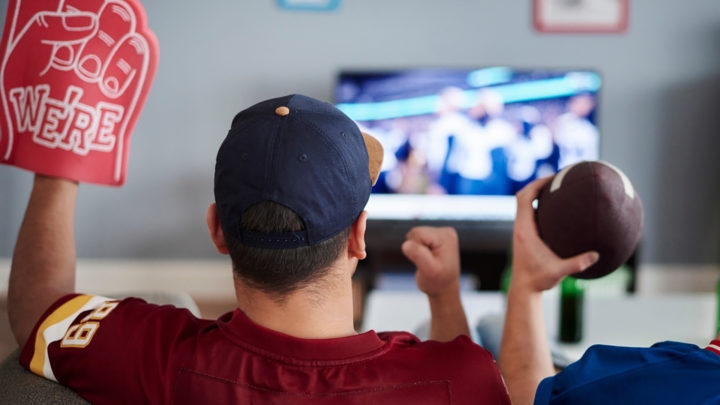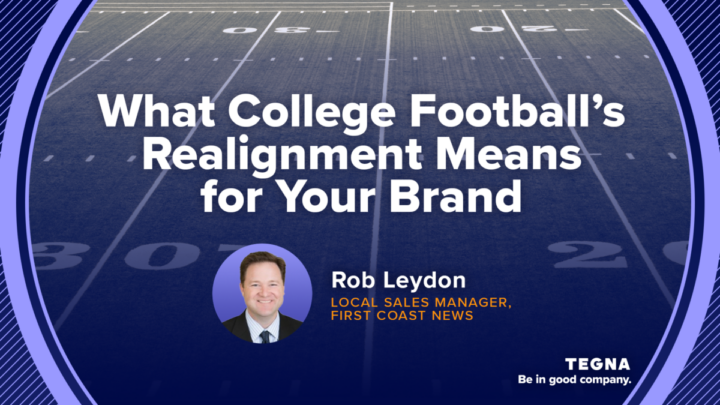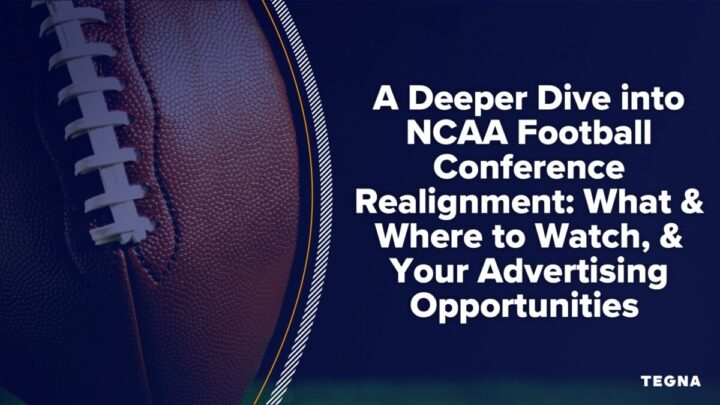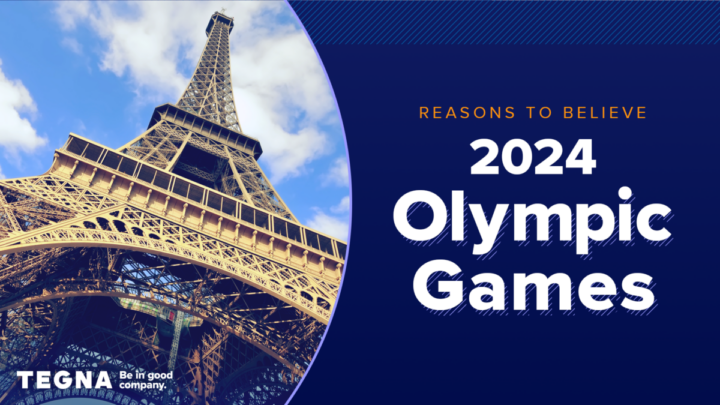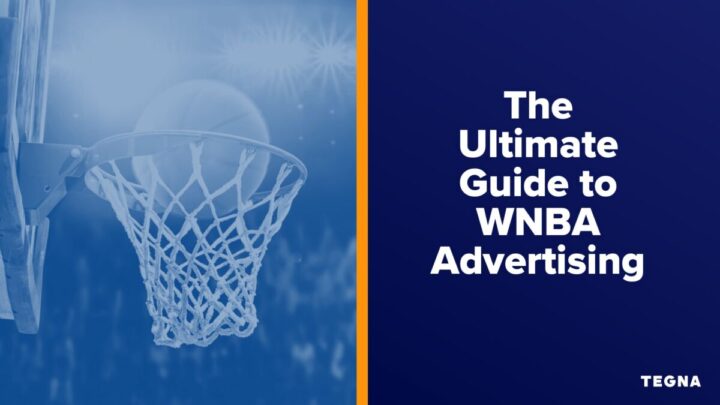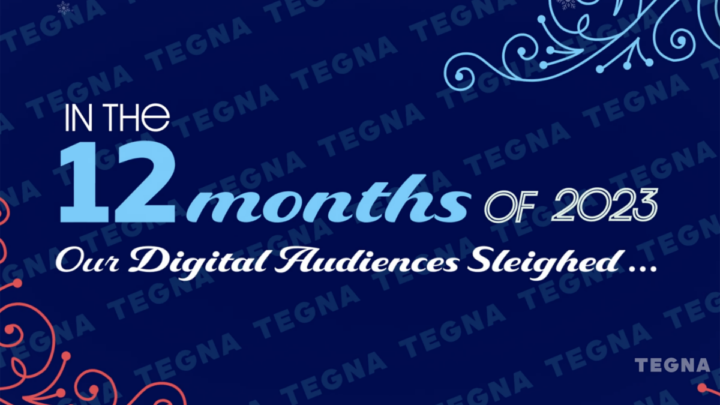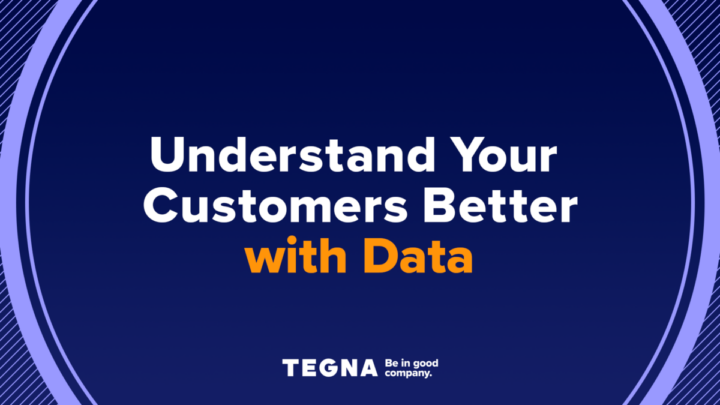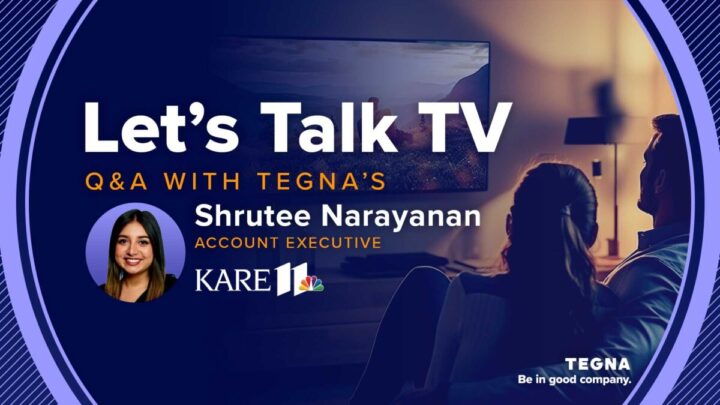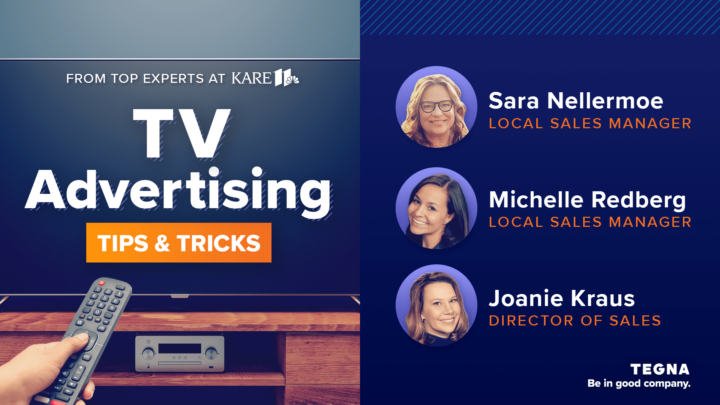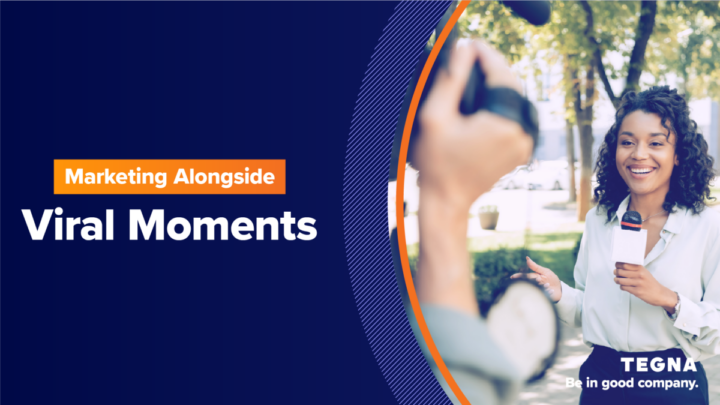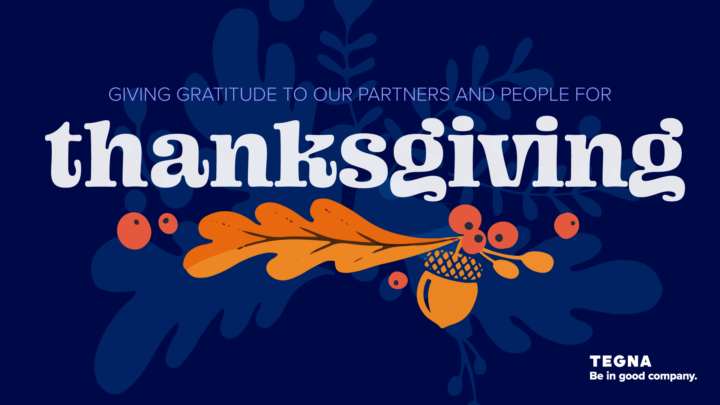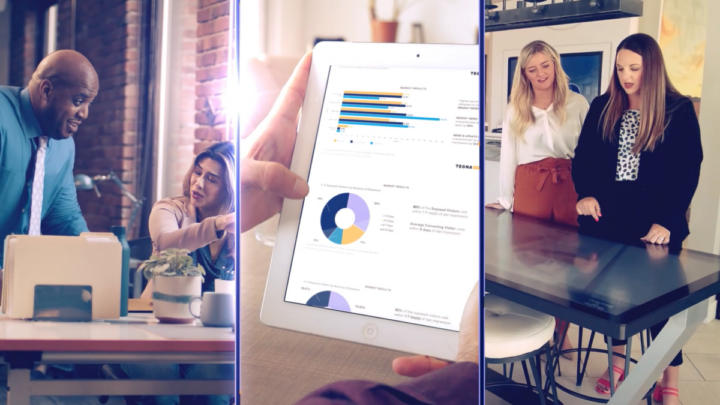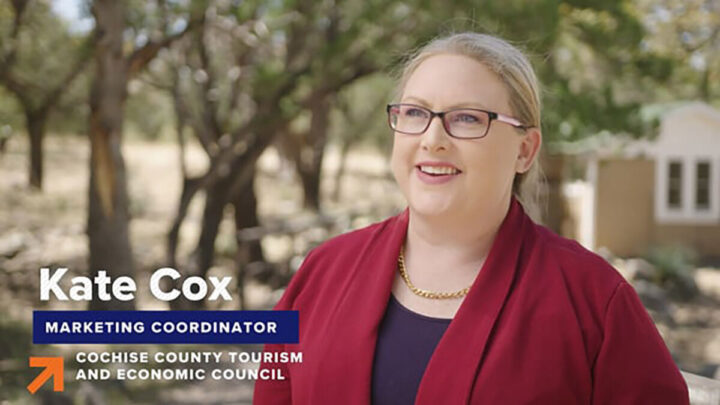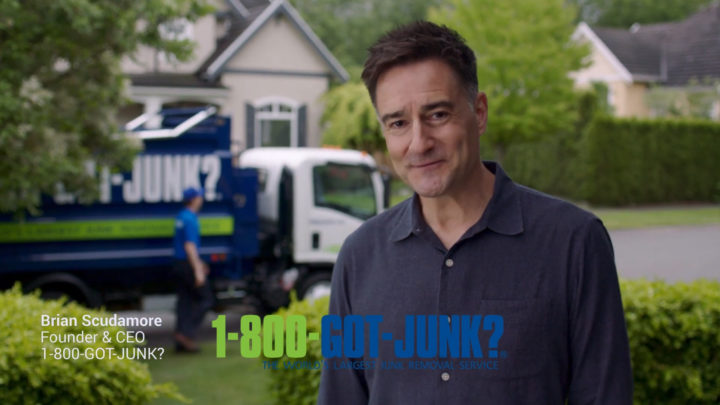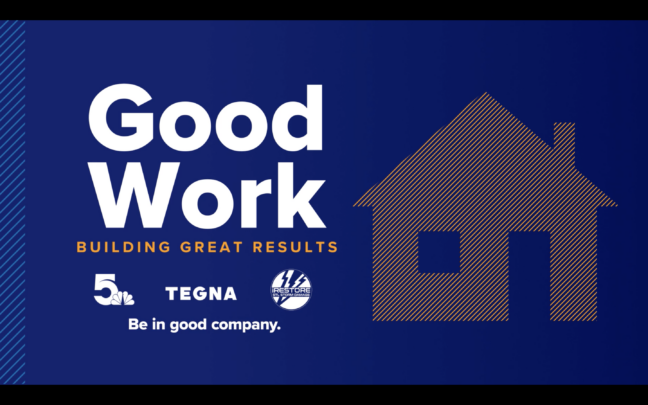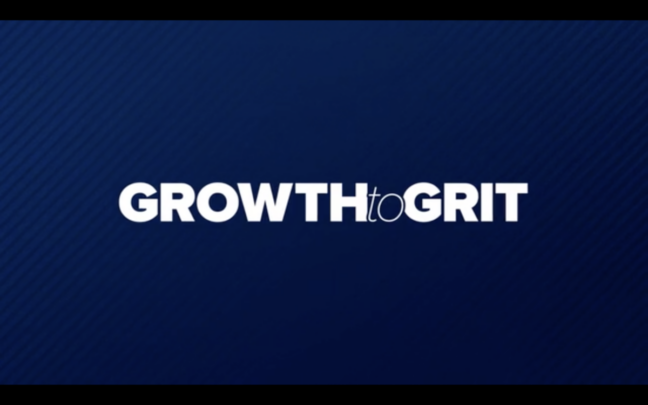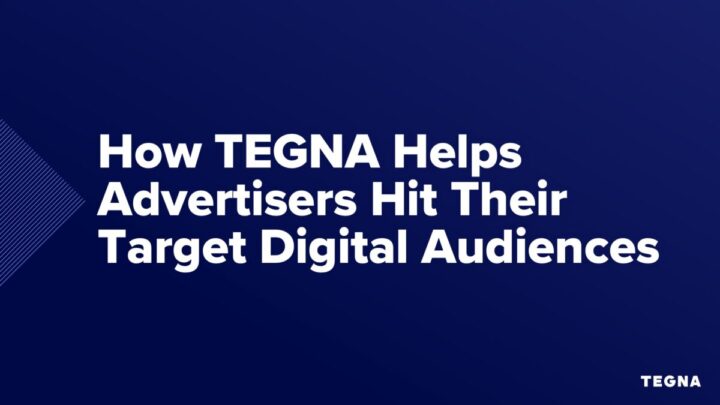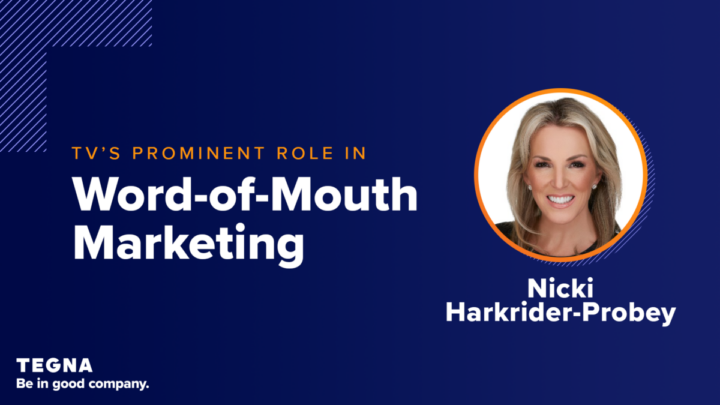What is Geofencing and Why Does Your Business Need It?
For any business looking to capitalize on the surge of local search queries, geofencing is a popular and effective way to turn local search traffic into foot traffic to a storefront or other specific location.
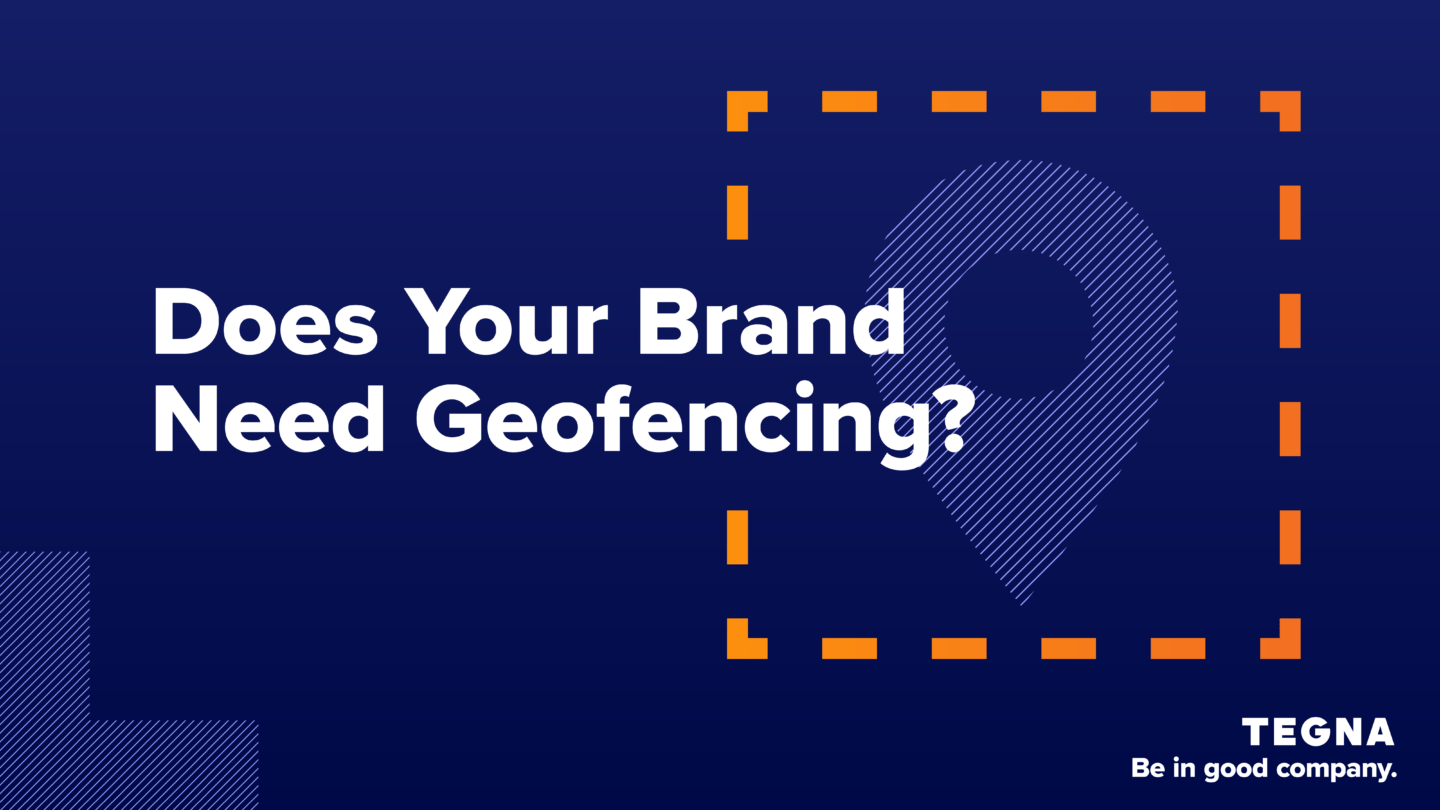
In 2018, Google’s head of ads, Sridhar Ramaswamy, revealed that while mobile searches for “near me” are increasing, the search terms are becoming more specific, such as “cowboy boots near me” or “rolled ice cream near me.” Meanwhile, there’s been a 10x increase in searches for “open near me tonight,” and searches for “things to do tonight” have more than doubled.
For any business looking to capitalize on the surge of local search queries, geofencing is a popular and effective way to turn local search traffic into foot traffic to a storefront or other specific location. In fact, according to Mobile Marketer report, campaigns that use geofencing typically exceed the industry click-through rates with a 1% average (the industry average is 0.4%).
What is Geofencing?
Advertisers use GPS technology to draw virtual fences around specific areas, such as a storefront, they want to target with ads, offers, and promotions.
How Does Geofencing Work?
Once a prospect enters a geofenced area, they’ll be served with mobile ads from that advertiser. Ideally, that prospect will then make their way through the funnel and eventually convert.
Advantages of Geofencing
Geofencing offers several advantages for advertisers.
Create Targeted Advertisements: Geofencing allows for super-targeted messaging based on location. With specific, optimized messaging, marketers are able to increase overall ad effectiveness. Effective ads lead to an increase in conversions at a lower cost to the business.
Draw in Local Audiences: For local businesses, it’s important to draw in customers who are also local. Restaurants and stores may want to focus on increasing foot traffic, so having the ability to target consumers in a specific radius is a necessity for reaching these goals. With geofencing, companies can target the right people at the right time in the right location.
Create an Omnichannel Experience: Geofencing can be used in combination with other marketing channels to create an omnichannel marketing campaign. Connecting with your target audience across multiple channels builds brand trust. Additionally, most leads will need several touchpoints before converting. By appealing to your audience across multiple channels, your team can build deeper relationships that will increase ROI and conversion rates.
Personalize Your Campaigns: Personalization is important in driving any successful campaign. However, regulations and consumer concerns are changing how brands create these kinds of campaigns. Geofencing allows companies to personalize their message across a specific demographic without violating privacy laws or feeling invasive.
Best Practices for Setting up a Campaign with Geofencing
To maximize the effectiveness of geofencing, you will want to follow the following best practices:
- Establish a Specific Target Area: You will first want to establish a specific target geographic location. If you cast too wide of a net, you limit the benefits of geofencing.
- Follow Brand Guidelines: You will want to make sure your campaign matches your branding guidelines with consistent messaging and creative.
- Define Campaign Goals: Establishing clear goals is essential to any successful campaign. Goals could include taking away foot traffic from a competitor (in the case of geoquesting) or encouraging people who are already in the vicinity to enter your store.
- Have a Strong CTA: Additionally, since you are catching users at a specific location with a restricted time frame, call-to-action strength is essential. You want a clear, succinct, and easily actionable CTA. A clear call-to-action will result in more clickable ads.
Trends in Geofencing
Despite the benefits of geofencing, there are also limitations based on current market trends and legal restrictions. As with most technological advances, with geofencing comes privacy concerns. However, geofencing is expected to continue to grow in popularity and is a great option for businesses looking to expand their marketing mix.
How is Geofencing Used?
Geofencing is a great way for businesses to optimize their campaign strategy with location targeting, event targeting, and geo-conquesting.
Location Targeting
First, you will need to select a specific location to target, which could be one or several locations. Selecting who to target will require some thought, as there are almost unlimited options. One standard target area is the business location. This allows you to target those in the area and encourage them to stop by. For example, you could serve a promotional mobile ad for 25% off as shoppers pass by, getting them in the store and shopping.
Targeting several different locations related to the business is also an option. For example:
- A car dealership could target a competing car dealership in the area with an ad for lower prices.
- A political candidate running for the school board could target a specific school district with information about certain issues on the ballot.
- A home repair service could target areas near water that are likely to flood in certain seasons, or a lawyer could target areas near a courthouse.
Event Targeting
Geofencing capabilities also allow advertisers to target events with specific locations, times, and dates. Whether you’re a restaurant near a baseball stadium targeting home games, or a laundromat near a mud run, a healthcare marketer in L.A. looking to target an industry event in New York, event targeting is a great way to serve attendees, your ad to promote awareness, get engaged, and nudge them towards conversion.
Geo-Conquesting
Geofencing can also be used to target competitor traffic, otherwise known as geo-conquesting. Say your business sells pretzels, and you know there is another pretzel business in town that attracts the same audience. You can use geo-conquesting to target mobile devices in the area around the competitor’s pretzel business and offer deals and incentives to drive traffic to your store instead.
Bonus Points: Once a business has been collecting geofencing data for a while, they can create Custom and Lookalike Audiences, targeting those with the same attributes as your ideal audience.
Measuring Results with Conversion Zones
Geofencing gets even better though, as advertisers can set up geofenced Conversion Zones to measure results. For example, when a person who was served a geofenced ad enters a Conversion Zone, the geofencing campaign is credited with a conversion.
For example, let’s say the auto dealership mentioned above, served ads to potential customers who recently visited a competitor’s location. Thanks to geofencing, the dealership can now attribute that foot traffic to the geofencing campaign. Reporting for these types of campaigns includes impressions, total spend, clicks, views, clickthrough visits, total visit rate, cost per visit, daily and total visits, and daily conversion totals.
Down the line, being able to communicate campaign effectiveness will help to make sure you’re investing your marketing dollars wisely.
Industries Using Geofencing
Say you are walking to work and you walk by a bagel shop. The delicious smell draws you in but you don’t have time to stand in line to order. You get a notification on your phone and it’s for Uber Eats with a discount code to order a bagel for delivery. Now you can go to work and have the bagel delivered. The perfect offer at the perfect time. In this case, Uber Eats used geofencing to send you a notification with a relevant ad.
In addition to the above example, industries that benefit from geofenced campaigns include:
- Restaurants: Target the hungriest audience by geofencing. Catch the gym-goers looking for a tasty reward or the late-night crowd after a bar night at just the exact right time and place.
- Stores: Highlight your store’s great offerings and promotions to shoppers just as they enter the mall.
- Airports: Remind vacation goers that the next trip is only a few clicks away as they wait for their flight home.
- Home Repair: For the customer that has taken one too many trips to a home improvement store, remind them that help on projects is easy to find as they browse the aisles.
- Real Estate: Everyone loves walking down the nice streets in town to admire the homes. Remind the viewers that their dream home is closer than they think.
- Lawyers: Ensure your law business is top of mind for your target client with strategically designed mobile ads.
Start Geofencing with TEGNA Today!
Geofencing is just one of the many features included in our Audience Marketplace solution. We ensure our clients target and connect to the audiences that matter most, delivering proven results through simplified advertising solutions. Our team of experts takes the time to understand your unique marketing needs and goals to create a customized solution based on insights and industry expertise. Learn more about Audience Marketplace with TEGNA.

